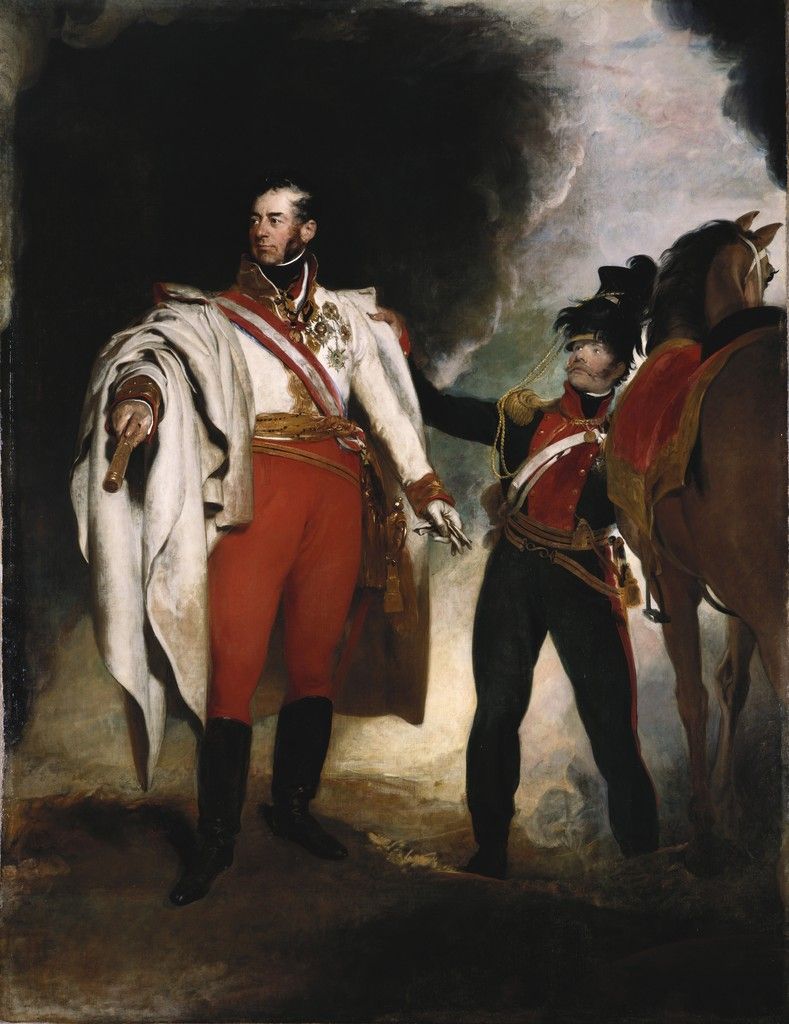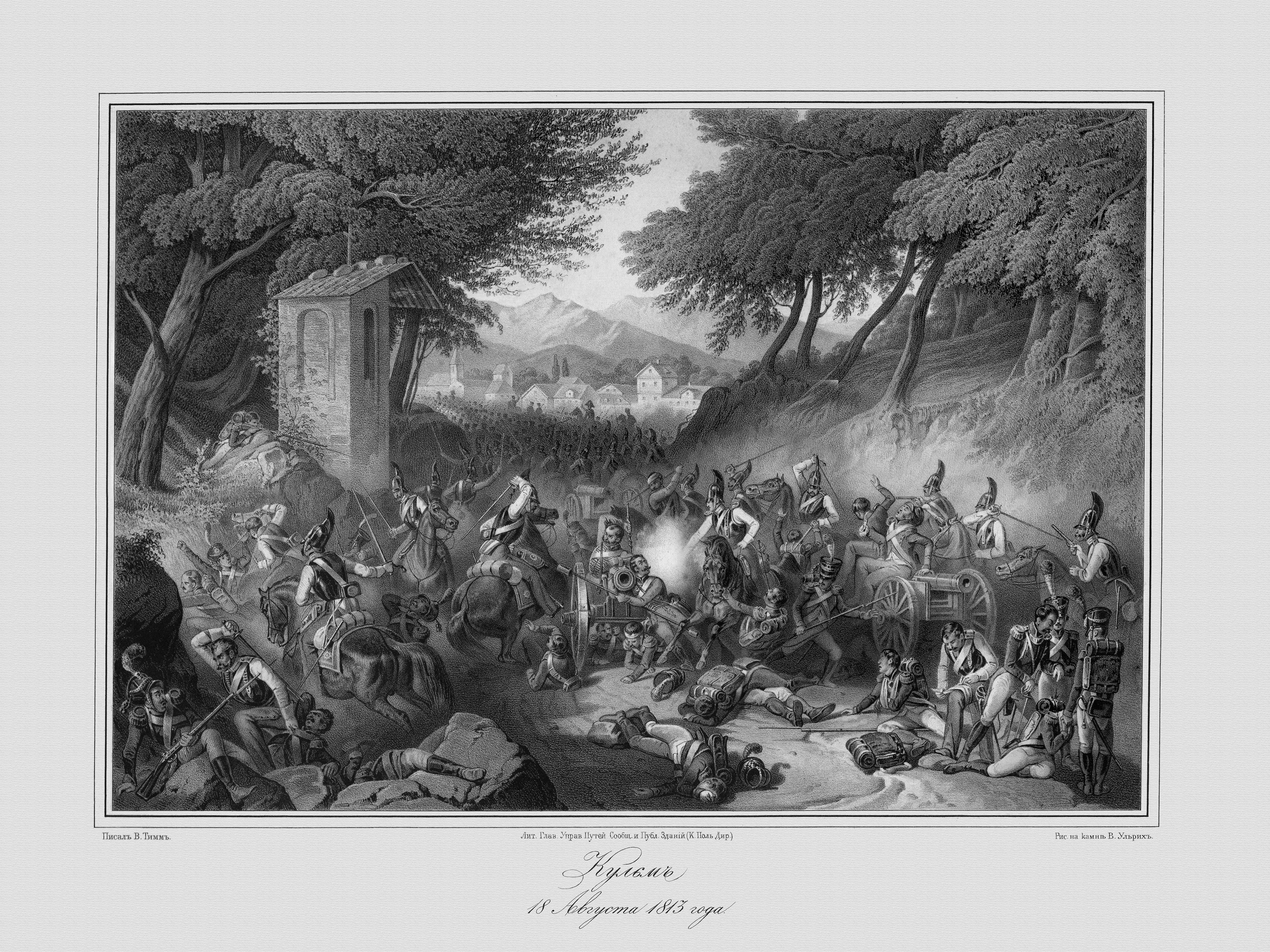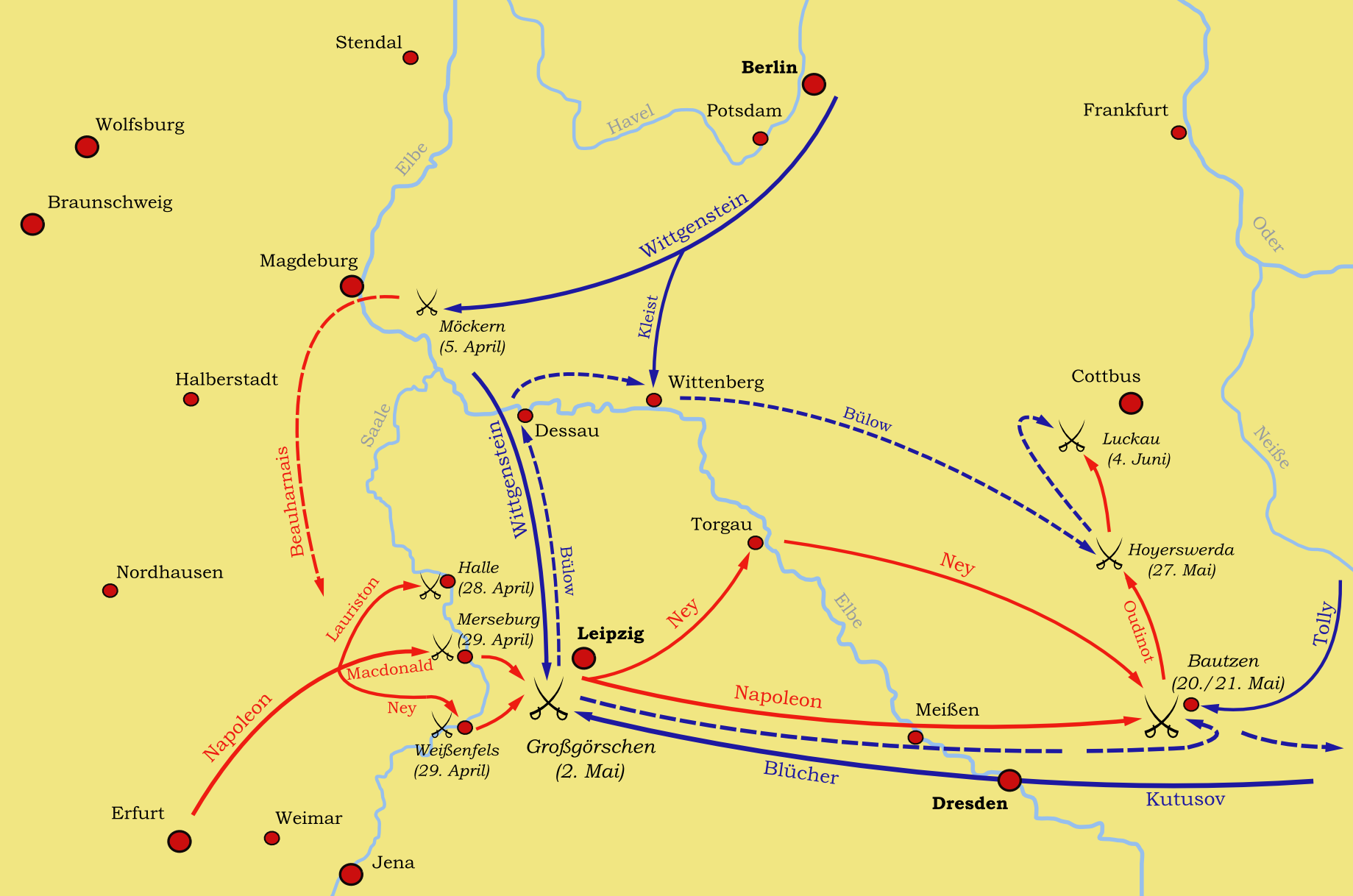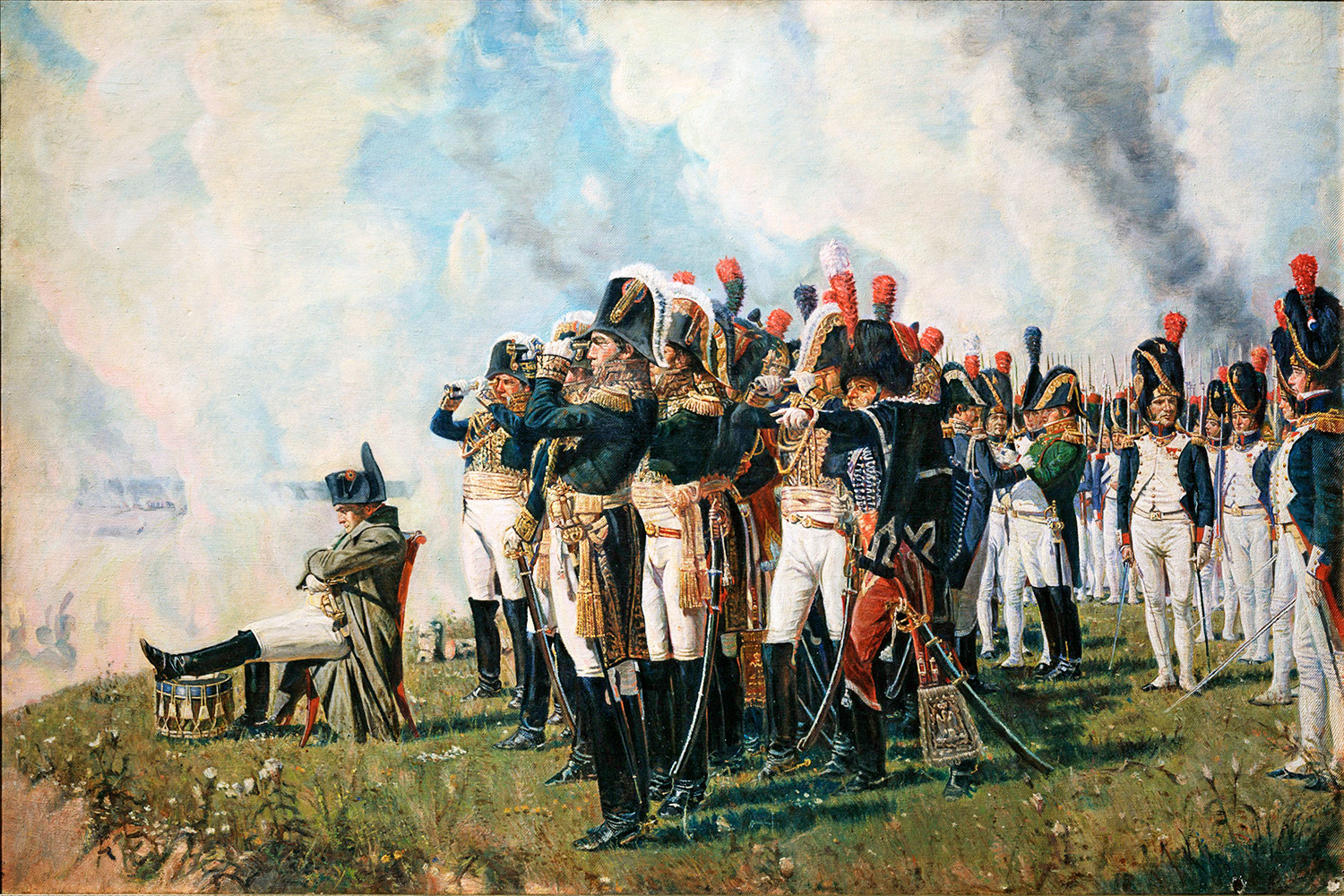|
Nikanor Svechin
Nikanor Mikhailovich Svechin (1772–1849) was a Russian general, a participant in the Napoleonic Wars. Biography A nobleman of the Tver Province, was born on July 3, 1772, in the family estate, the village of Dubrovka, Novotorzhsky District, and received his upbringing and education first at home, and then at the Tver Noble School. He entered military service on January 22, 1791, as an ensign in the Life Guards Preobrazhensky Regiment; on December 14, 1798, he was promoted to ensign. In the fall of 1805, already in the rank of lieutenant, he took part in the ranks of the regiment on a campaign in Moravia and an accident deprived him of the opportunity to take part in the Battle of Austerlitz, in which the Guards honorably supported their centuries–old glory. On the eve of the entry of the guard into Olmutz (November 10), at night, riding on a bridge across the river, due to the lack of a railing, he stumbled, fell with his horse on the ice, breaking it, and was pulled out un ... [...More Info...] [...Related Items...] OR: [Wikipedia] [Google] [Baidu] |
George Dawe
George Dawe (6 February 1781 – 15 October 1829) was an English portraitist who painted 329 portraits of Russian generals active during Napoleon's invasion of Russia for the Military Gallery of the Winter Palace. He relocated to Saint Petersburg in 1819, where he won acclaim for his work from the artistic establishment and complimentary verses by Pushkin. He was the son of Philip Dawe, a successful mezzotint engraver who also produced political cartoons relating to the events of the Boston Tea Party. One of his brothers was Henry Edward Dawe, also a portraitist. He died on 15 October 1829 in Kentish Town, United Kingdom. Life and career Early life and studies George Dawe was born on 6 February 1781 to Philip Dawe and Jane in Brewer Street, in the parish of St James's in Westminster. Philip was an artist and engraver in mezzotint who had worked with Hogarth and Joseph Mallord William Turner and who also produced satirical political cartoons about life in America which are ... [...More Info...] [...Related Items...] OR: [Wikipedia] [Google] [Baidu] |
Battle Of Austerlitz
The Battle of Austerlitz (2 December 1805/11 Frimaire An XIV FRC), also known as the Battle of the Three Emperors, was one of the most important and decisive engagements of the Napoleonic Wars. The battle occurred near the town of Austerlitz in the Austrian Empire (modern-day Slavkov u Brna in the Czech Republic). The decisive victory of Napoleon's Grande Armée at Austerlitz brought the War of the Third Coalition to a rapid end, with the Treaty of Pressburg signed by the Austrians later in the month. The battle is often cited as a tactical masterpiece, in the same league as other historic engagements like Cannae or Gaugamela.Farwell p. 64. "Austerlitz is generally regarded as one of Napoleon's tactical masterpieces and has been ranked as the equal of Arbela, Cannae, and Leuthen."Dupuy p. 102 After eliminating an Austrian army during the Ulm Campaign, French forces seized Vienna in November 1805. The Austrians avoided further conflict until the arrival of the Russians bolster ... [...More Info...] [...Related Items...] OR: [Wikipedia] [Google] [Baidu] |
Teplice
Teplice () (until 1948 Teplice-Šanov; german: Teplitz-Schönau or ''Teplitz'') is a city in the Ústí nad Labem Region of the Czech Republic. It has about 49,000 inhabitants. It is the second largest Czech spa town, after Karlovy Vary. The historic city centre is well preserved and is protected by law as an urban monument zone. Administrative parts The municipal area comprises the administrative parts of Teplice proper, Hudcov, Nová Ves, Prosetice, Řetenice, Sobědruhy and Trnovany. Etymology The name ''Teplice'' is an Old Czech word, meaning "hot spring". Geography Teplice is located about west of Ústí nad Labem and northwest of Prague. The northern part of the municipal territory lies in the Most Basin, the southern part lies in the Central Bohemian Uplands. The highest point is the hill Doubravská hora with an elevation of . There are several small fish ponds in the territory. History According to the 1541 ''Annales Bohemorum'' by chronicler Wenceslaus Hajek, th ... [...More Info...] [...Related Items...] OR: [Wikipedia] [Google] [Baidu] |
Karl Philipp, Prince Of Schwarzenberg
Karl Philipp, Fürst zu Schwarzenberg (or Charles Philip, Prince of Schwarzenberg; 18/19 April 1771 – 15 October 1820) was an Austrian Generalissimo. He fought in the Battle of Wagram (1809) but the Austrians lost decisively against Napoleon. He had to fight for Napoleon in the Battle of Gorodechno (1812) against the Russians and won. He was in command of the allied army that defeated Napoleon decisively in the Battle of Leipzig (1813). He joined the Battle of Paris (1814) that forced Napoleon to abdicate. Family Karl Philipp was born 18/19 April 1771 in Vienna, the son of Johann Nepomuk Anton of Schwarzenberg and Marie Eleonore Countess of Öttingen-Wallerstein. He was one of thirteen siblings, seven of whom did not reach adulthood.''Biographisches Lexikon des Kaiserthums Oesterreich,'' Band: 33 (1877), ab Seite: 82. Imperial service Karl Philipp entered the imperial cavalry in 1788, fought in 1789 under Lacy and Laudon against the Turks, distinguished himself by hi ... [...More Info...] [...Related Items...] OR: [Wikipedia] [Google] [Baidu] |
Alexander Ivanovich Ostermann-Tolstoy
Count Alexander Ivanovich Count Osterman-Tolstoy (Russian: Александр Иванович Остерман-Толстой; 1770 – 12 February 1857) was a Russian nobleman and soldier in the era of the French Revolutionary Wars. He belonged to the famous Tolstoy family. Biography Count Alexander Ivanovich Osterman-Tolstoy was the son of the Lieutenant-General Ivan Matveevich Tolstoy (1746–1808) and his wife Agrafena Ilyinichna, nee Bibikova, "of ancient Tatar stock", and which, as per another member of the family, historian Nikolai Tolstoy, "may account for Alexander's dark complexion."Nikolai Tolstoy, ''The Tolstoys: Twenty-four Generations of Russian History'', Quill (1986), p. 92 He began his military service during the Turkish-Russian war of 1787-1791. In 1796 his two childless great-uncles, Fedor and Ivan Osterman, brothers of his paternal grandmother, gave him their family name, the title of count and a large fortune. Count Osterman-Tolstoy did not leave the militar ... [...More Info...] [...Related Items...] OR: [Wikipedia] [Google] [Baidu] |
Graf
(feminine: ) is a historical title of the German nobility, usually translated as "count". Considered to be intermediate among noble ranks, the title is often treated as equivalent to the British title of "earl" (whose female version is "countess"). The German nobility was gradually divided into high and low nobility. The high nobility included those counts who ruled immediate imperial territories of "princely size and importance" for which they had a seat and vote in the Imperial Diet (Holy Roman Empire), Imperial Diet. Etymology and origin The word derives from gmh, grave, italics=yes, which is usually derived from la, graphio, italics=yes. is in turn thought to come from the Byzantine Empire, Byzantine title , which ultimately derives from the Greek verb () 'to write'. Other explanations have been put forward, however; Jacob Grimm, Jacob and Wilhelm Grimm, while still noting the potential of a Greek derivation, suggested a connection to got, gagrêfts, italics=yes, m ... [...More Info...] [...Related Items...] OR: [Wikipedia] [Google] [Baidu] |
Battle Of Kulm
:''See Battle of Chlumec for the 1126 battle at Kulm The Battle of Kulm was fought near the town Kulm () and the village Přestanov in northern Bohemia. It was fought on 29–30 August 1813, during the War of the Sixth Coalition. A French Corps under General Dominique Vandamme attacked Alexander Ostermann-Tolstoy's Russian Corps on 29 August. The next day, Friedrich von Kleist's Prussian Corps hit Vandamme in the rear while Russian and Austrian reinforcements attacked the French front and left. Vandamme was defeated with the loss of 13,000 men and 82 guns. Background Following the French victory at Dresden, Vandamme pursued the retreating allies. Napoleon sent Marshals Gouvion Saint Cyr and Auguste Marmont to support Vandamme's corps. With Vandamme in advance, Saint Cyr's and Marmont's corps brought up the rear. Vandamme caught up with Alexander Ivanovich Ostermann-Tolstoy's forces near the town of Kulm, eight kilometres northwest of Aussig (Ústí nad Labem, now in th ... [...More Info...] [...Related Items...] OR: [Wikipedia] [Google] [Baidu] |
Battle Of Bautzen (1813)
In the Battle of Bautzen (20–21 May 1813), a combined Prusso–Russian army, that was massively outnumbered, was pushed back by Napoleon but escaped destruction, with some sources claiming that Marshal Michel Ney failed to block their retreat. The Prussians under General Gebhard Leberecht von Blücher and Russians under General Peter Wittgenstein, retreating after their defeat at Lützen were attacked by French forces under Napoleon. Prelude The Prusso-Russian army was in a full retreat following their defeat at the Battle of Lützen. Finally, generals Wittgenstein and Blücher were ordered to stop at Bautzen by Tsar Alexander I and King Frederick William III. The Russo-Prussian army was nearly 96,000 strong, but Napoleon had 144,000. Wittgenstein formed two strong defensive lines east of the River Spree, with the first holding strongpoints in villages and along hills and the second holding the bridges behind a river bend. Their left flank was anchored by the town of Baut ... [...More Info...] [...Related Items...] OR: [Wikipedia] [Google] [Baidu] |
Battle Of Lützen (1813)
In the Battle of Lützen (German: ''Schlacht von Großgörschen'', 2 May 1813), Napoleon I of France defeated an allied army of the Sixth Coalition. The Russian commander, Prince Peter Wittgenstein, attempting to forestall Napoleon's capture of Leipzig, attacked the French right wing near Lützen, Saxony-Anhalt, Germany, surprising Napoleon. Quickly recovering, he ordered a double envelopment of the allies. After a day of heavy fighting, the imminent encirclement of his army prompted Wittgenstein to retreat. Due to a shortage of cavalry, the French did not pursue. The next battle would be fought at Bautzen three weeks later. Prelude Following the disaster of French invasion of Russia in 1812, a new Coalition consisting of Britain, Sweden, Prussia and Russia formed against France. In response to this, Napoleon hastily assembled an army of just over 200,000 which included inexperienced recruits, troops from Spain and garrison battalions but was severely short of horses (a co ... [...More Info...] [...Related Items...] OR: [Wikipedia] [Google] [Baidu] |
Battle Of Borodino
The Battle of Borodino (). took place near the village of Borodino on during Napoleon's invasion of Russia. The ' won the battle against the Imperial Russian Army but failed to gain a decisive victory and suffered tremendous losses. Napoleon fought against General Mikhail Kutuzov, whom the Emperor Alexander I of Russia had appointed to replace Barclay de Tolly on after the Battle of Smolensk. After the Battle of Borodino, Napoleon remained on the battlefield with his army; the Imperial Russian forces retreated in an orderly fashion southwards. Because the Imperial Russian army had severely weakened the ', they allowed the French occupation of Moscow since they used the city as bait to trap Napoleon and his men. The failure of the ' to completely destroy the Imperial Russian army, in particular Napoleon's reluctance to deploy his guard, has been widely criticised by historians as a huge blunder, as it allowed the Imperial Russian army to continue its retreat into territory in ... [...More Info...] [...Related Items...] OR: [Wikipedia] [Google] [Baidu] |
Sventsyansky Uyezd
Sventsyansky Uyezd (''Свенцянский уезд'') was one of the seven subdivisions of the Vilna Governorate of the Russian Empire. It was situated in the northern part of the governorate. Its administrative centre was Švenčionys. Demographics At the time of the Russian Empire Census of 1897, Sventsyansky Uyezd had a population of 172,231. Of these, 47.5% spoke Belarusian, 33.8% Lithuanian, 7.1% Yiddish, 6.0% Polish, 5.4% Russian and 0.1% German German(s) may refer to: * Germany (of or related to) **Germania (historical use) * Germans, citizens of Germany, people of German ancestry, or native speakers of the German language ** For citizens of Germany, see also German nationality law **Ger ... as their native language. Демоскоп Weekly - Приложение. Справочник статистических показателей [...More Info...] [...Related Items...] OR: [Wikipedia] [Google] [Baidu] |
Vaasa
Vaasa (; sv, Vasa, , Sweden ), in the years 1855–1917 as Nikolainkaupunki ( sv, Nikolajstad; literally meaning "city of Nicholas),Vaasa oli ennen Nikolainkaupunki ja Aurinkolahti Mustalahti – paikannimiä ei kuitenkaan pidä muuttaa heppoisin perustein – '''' (in Finnish) is a city on the west coast of . It received its charter in 1606, during the reign of [...More Info...] [...Related Items...] OR: [Wikipedia] [Google] [Baidu] |
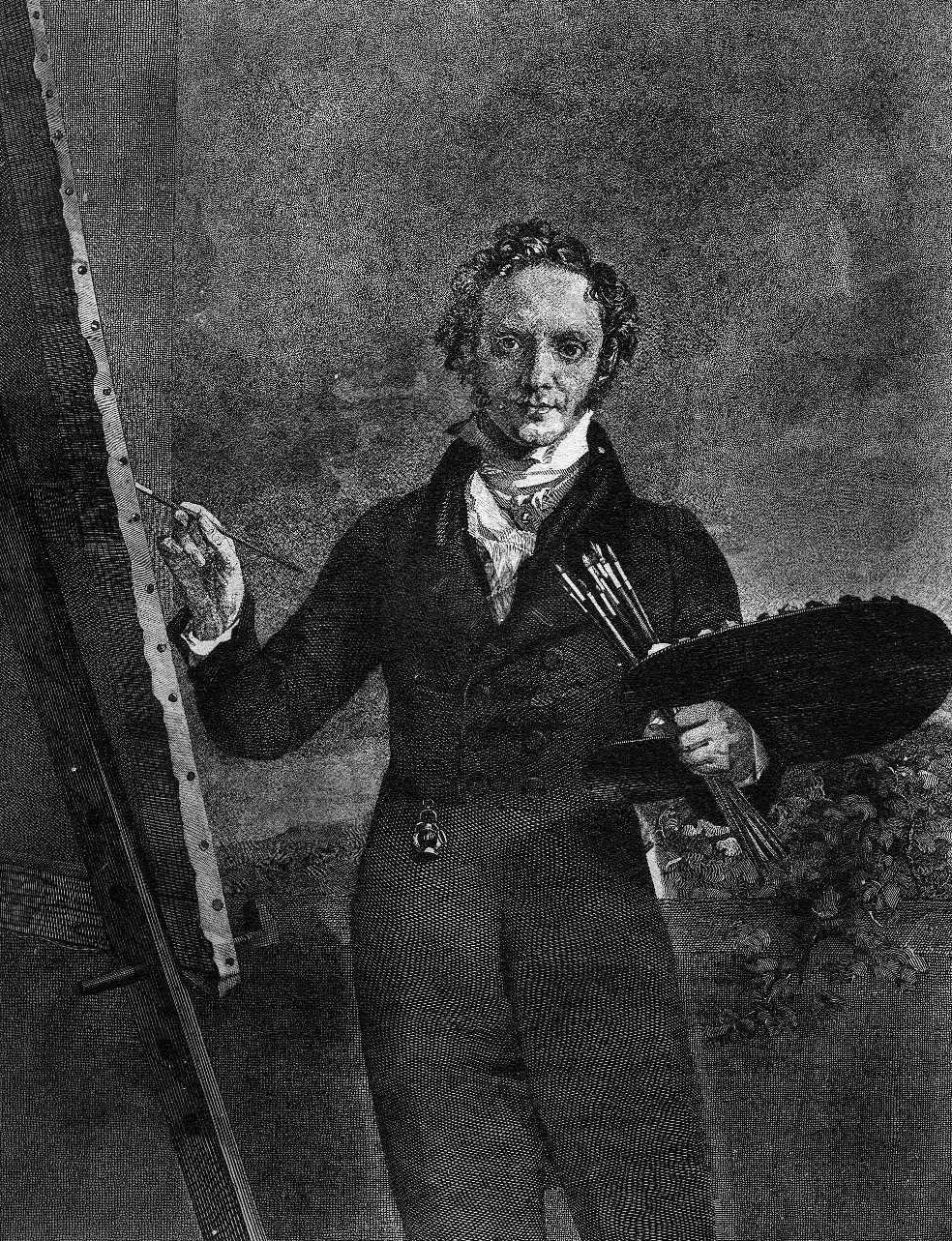

_Kašna_se_sochou_Madony_(Teplice)_3.jpg)
